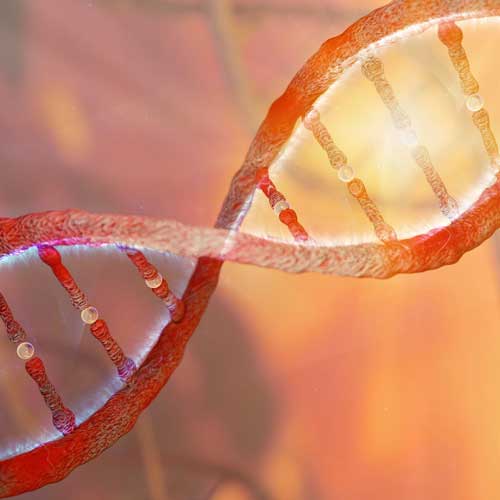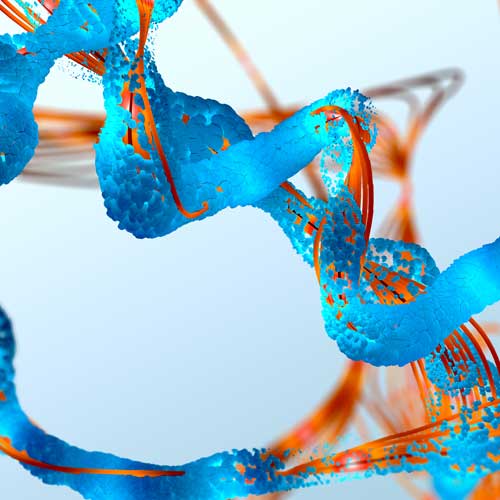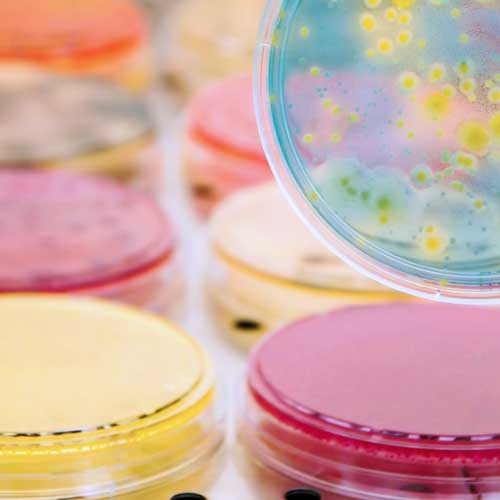Enzyme production using modern biotechnology
Most commercial enzymes are produced from microorganisms that are enhanced through natural selection, classical strain improvement techniques (e.g., mutagenesis and selection), recombinant DNA technologies and/or gene editing. The Enzyme Technical Association considers modern biotechnology to mean the utilization of genetic engineering, other than selection or classical improvement techniques, to modify organisms for the production of substances. Modern biotechnology may be used in combination with classical techniques
Why do we use biotechnology for enzymes?
The use of classical selection techniques alone poses limitations in that only a small number of strains isolated from nature are able to grow & produce on industrial scale, with few options to improve enzyme expression and with little control over the introduced changes. In addition, the available natural variation in protein sequence poses limits to important characteristics such as pH optimum and temperature stability, especially when seeking specific combinations of such characteristics required under the enzyme application conditions.
Using the modern biotechnology toolbox enables commercialization of a wide diversity of enzymes found in nature that otherwise could not be produced at scale in an economically viable manner, including enzymes from non-culturable microbial sources. The use of targeted methods such as genetic engineering and gene editing also allows for better definition and control of the desired changes than with more traditional, random improvement methods. This results in more consistent enzyme activity/stability in the application and eliminates side activities that may interfere with the application. When synthetic gene sequences are used this allows only the gene for the enzyme to be transferred without transfer of cloning remnants.
Use of Safe Strains for Production
By using the tools of modern biotechnology, the enzyme industry has developed safe host organism systems for the production of many enzymes that could not otherwise be produced. These safe host systems have been used since the early 1980’s for the production of different enzymes in contained manufacturing facilities. The host organisms and their enzyme products have been tested to demonstrate that they are safe for their intended use; this includes, but isn’t restricted to, testing of the organism to demonstrate that it is not pathogenic and does not produce toxins, and testing of the product to demonstrate that it is safe for the intended use.
The repeated use of well-established host strains allows for the accumulation of know-how in both strain construction and fermentation operating conditions to maximize predictability in performance and safety of these drop-in production platforms, and the ability to streamline their safety assessment. As a result, enzyme yield and purity are superior for engineered microbes, resulting in a better use of all resources: raw materials, energy, water, land, and less waste, along with a faster route to market, such that society can more readily benefit from the sustainability benefits provided by enzymes.
Benefits of using modern biotechnology
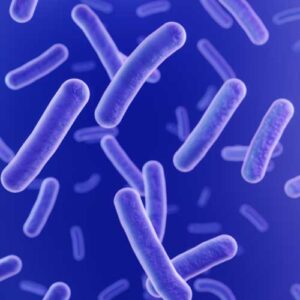
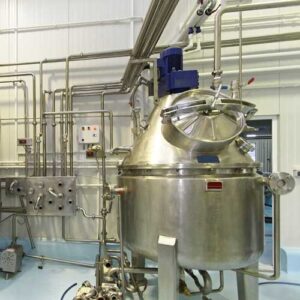
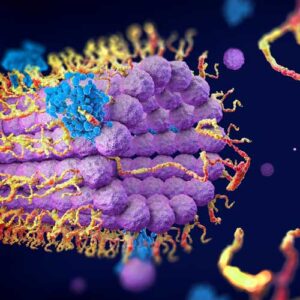
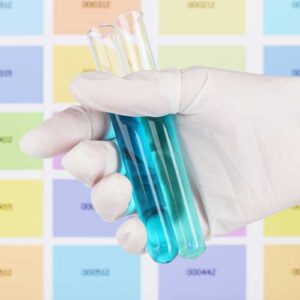

To learn more about Biotechnology, click on below:
Enzymes – A Primer on Use and Benefits Today and Tomorrow (PDF)

